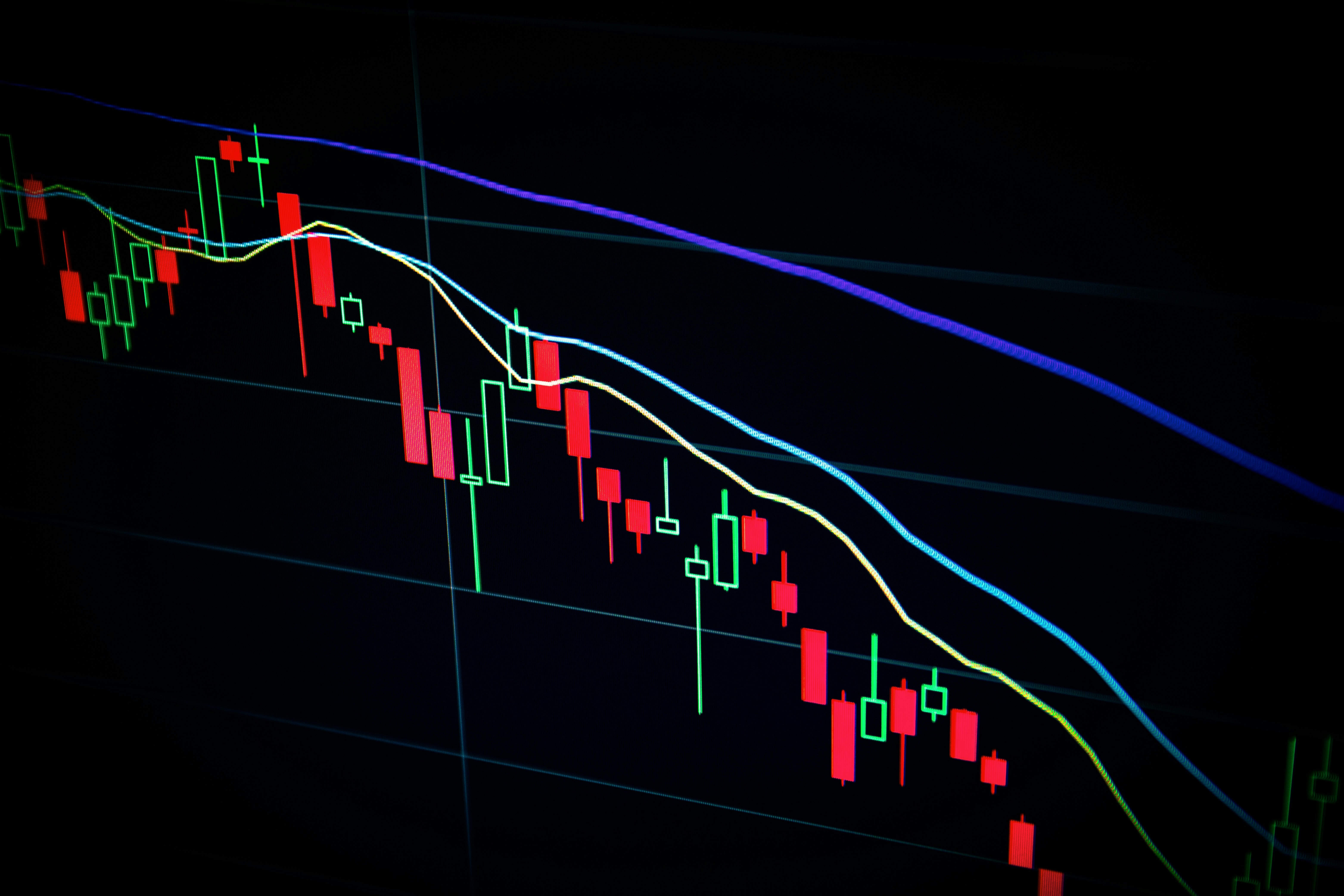Getting Started with Quantitative Trading
Quantitative trading combines mathematical models, statistical analysis, and programming to make trading decisions. In this post, I'll guide you through the essential components of building a quantitative trading system.
The Foundation: Data Collection
The first step in any quantitative trading system is gathering high-quality data. This includes:
- Market data (prices, volumes, order books)
- Fundamental data (financial statements, economic indicators)
- Alternative data (news sentiment, social media trends)
import yfinance as yf
import pandas as pd
# Fetch historical data
def fetch_market_data(symbol, start_date, end_date):
ticker = yf.Ticker(symbol)
data = ticker.history(start=start_date, end=end_date)
return data
# Example usage
spy_data = fetch_market_data("SPY", "2023-01-01", "2024-03-20")
Feature Engineering
Once you have the data, the next step is to create meaningful features that can predict future price movements. Common features include:
- Technical indicators (RSI, MACD, Bollinger Bands)
- Price momentum
- Volatility measures
- Market regime indicators
Here's an example of calculating the Relative Strength Index (RSI):
def calculate_rsi(data, period=14):
delta = data['Close'].diff()
gain = (delta.where(delta > 0, 0)).rolling(window=period).mean()
loss = (-delta.where(delta < 0, 0)).rolling(window=period).mean()
rs = gain / loss
return 100 - (100 / (1 + rs))
Strategy Development
The core of quantitative trading is the strategy. A good strategy should:
- Have a clear hypothesis
- Be based on sound economic principles
- Include proper risk management
- Be thoroughly backtested
Here's a simple mean reversion strategy:
def mean_reversion_strategy(data, window=20, std_dev=2):
# Calculate rolling mean and standard deviation
rolling_mean = data['Close'].rolling(window=window).mean()
rolling_std = data['Close'].rolling(window=window).std()
# Generate signals
upper_band = rolling_mean + (rolling_std * std_dev)
lower_band = rolling_mean - (rolling_std * std_dev)
# Long when price is below lower band, short when above upper band
signals = pd.Series(0, index=data.index)
signals[data['Close'] < lower_band] = 1
signals[data['Close'] > upper_band] = -1
return signals
Backtesting
Before deploying any strategy, it's crucial to test it on historical data. A good backtest should:
- Account for transaction costs
- Consider market impact
- Include proper position sizing
- Test across different market regimes
Risk Management
No strategy is complete without proper risk management. Key considerations include:
- Position sizing
- Stop-loss levels
- Portfolio diversification
- Drawdown limits
Next Steps
This is just the beginning of your quantitative trading journey. As you progress, you'll want to explore:
- Machine learning models for prediction
- High-frequency trading strategies
- Portfolio optimization techniques
- Real-time data processing
Remember that successful quantitative trading requires continuous learning and adaptation. The market is always evolving, and so should your strategies.
Resources
- QuantConnect - Platform for strategy development
- Quantopian - Educational resources
- TradingView - Charting and analysis tools
- Investopedia - Educational content
Stay tuned for more posts about specific aspects of quantitative trading!
